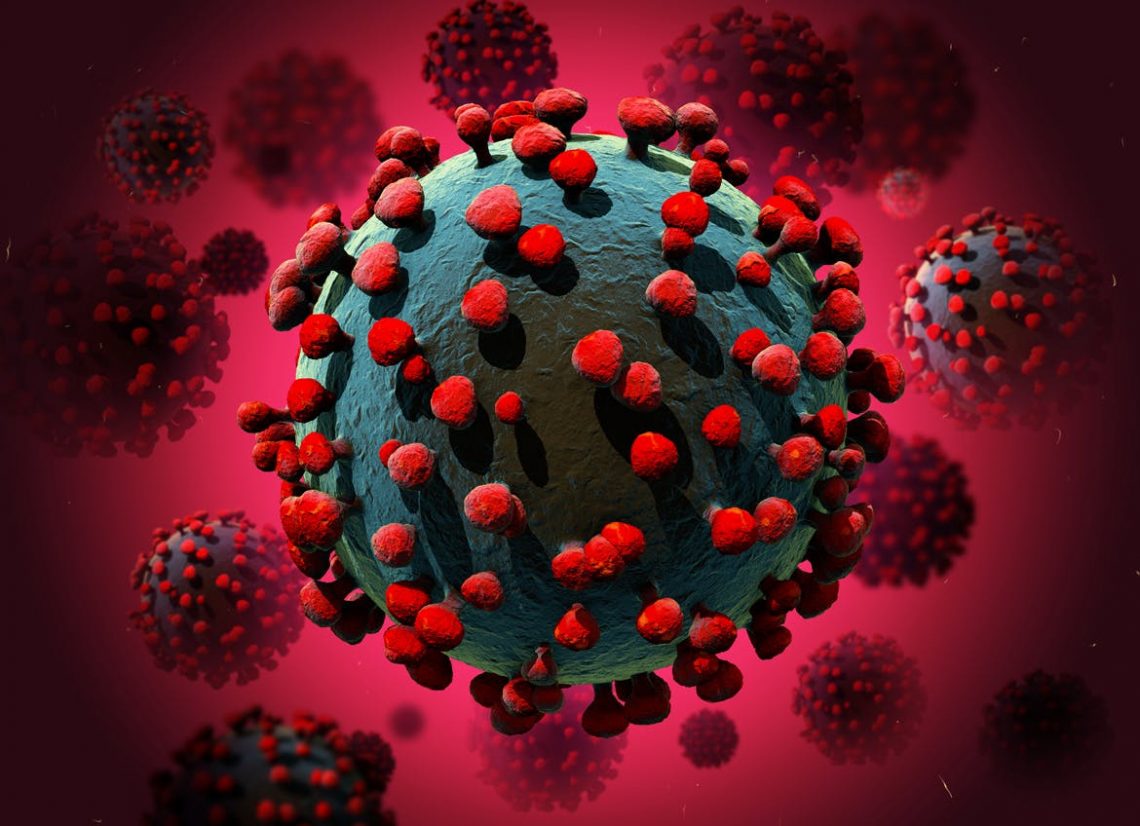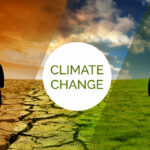According to Kano State Governor Abdullahi Umar Ganduje a couple of days ago: “[COVID-19) statistics in the last week shows that, out of the total number of 2,603 samples collected, only 140 turned out to be positive, representing 5.4 per cent.” Breaking down the results, he hinted that, “On 10th June, 2020 we had 179 samples collected and only 5 were positive, on 11th June, 2020 we had 124 samples and only 23 were positive. Down to 15th June, 2020, when we had 688 samples and only 21 were positive, on 16th June, 2020, we had 229 samples and we had 0 positive and on 17th June, 2020, we had 134 samples and only 2 were positive.”
In epidemics (and pandemics as we now have with the novel coronavirus), we are used to seeing a sort of pyramid which indicate a rise, a peak, and a slope in most cases. But here in Kano, within one week we had 5, 23, 21, 0 and 2 positives. This hardly looks anything like a pyramid. Our situation reminds one of the phrase: ‘Now you see it, now you don’t!’ Or, in cliched English, the more you see the less you understand. In one word: abracadabra.
To compound matters, the Federal Government only this Thursday revealed that 80% of all COVID-19 positive cases ARE NOT IN ISOLATION CENTRES (emphasis added). Meaning, they are here with us, apparently spreading the disease. This, you may recall, was the gist of last week’s column on this very space. Eight out of ten positives are not where they are supposed to be!
We Kano people are mightily confused. It could be recalled that the Federal Government had, a couple of weeks ago, told us that COVID-19 was the cause of death for hundreds of our loved ones during April and May. And now, this week, the Kano State Government has come out to say NO, it was not COVID-19 that was the culprit. There were other reasons. So whom do we believe? The scary but blunt Federal Government report, or the reassuring but too-good-to-be-true Kano State Government report? Reminds one of the title of a novel ‘Believe This You’ll Believe Anything’.
To wit, the Federal Government report, issued a couple of weeks ago, confirmed what many of us believed to be the case – that coronavirus was actually behind the inexplicable peak on deaths during the hottest part of the year for us; April through May. The Federal Government, through Health Minister Osagie Ehanire, had said a total of 979 people died in Kano State in April, and that 50 to 60 per cent of the deaths were associated with coronavirus. Fifty to sixty per cent! He added that most of the fatalities were over 65 years old and more than half of the deaths occurred at home.
However, the Kano State Verbal Autopsy Committee, led by Professor Mukhtar Gadanya of Bayero University, Kano, released its report this week, disagreeing with this Federal report which estimated 50% to 60% of all deaths COVID-19-related and/or caused, said that: “COVID-19 might have contributed in 15.9 % of the cases of mortality or 255 out of 1604 deaths. According to the report, “…an inter-play of various factors contributed to the ‘mysterious deaths’…Some deaths may be related to disruption of medical care and socio-economic activities due to fear of contracting COVID-19, which usually happen during epidemics. The conclusion of the Kano State Government was that mortality in the community is cyclical and vary by seasons and months.
However, the Federal Government report had added: “With regards to the unexplained deaths which occurred in Kano over a five-week period, the Federal Team [which did their own study] confirmed that a total of 979 deaths were actually recorded in eight Metropolitan Local Government Areas in the state at the rate of 43 deaths per day, as measured by counting activities at the graveyard. The peak was in the second week of April and by the end of April, the numbers have started to reduce and finally settled at eleven deaths per day which were about what it was before. The verbal autopsy revealed that about 56% of the deaths occurred at home while 38% were in the hospital.”
In his remarks apparently targeted at the Federal Report, Governor Ganduje congratulated the State Committee for the good job, stressing that, “This report, which scientifically conducted, has put to rest all postulations, predictions, permutations and all hues cries about the mysterious deaths [as contained in the Federal version].” He commended other experts who participated in the study, adding that “When I went through the literature review, I understood how good the findings are. So it is good for all to understand that any report that could not pass the test of validity and reliability, such report is misleading.”
On the Kano State Government Report, a medical doctor member of the Kano Against COVID-19 Initiative, Dr. Zainab Mahmoud (@inabmahmoud), asked the following questions: “How were these mortalities identified? Did the researchers go to cemeteries to track people, or did they go to every single house in the eight local governments? This is important because if one performs a study, people need to know how much of the population was sampled to be able to understand if the findings are representative of the population.
Further, what questionnaire was administered to the family members? If 1,774 families were questioned, presumably there was a standardised questionnaire, is there a copy of it? Then, how many family members were questioned? This is important to know to judge the reliability of the data. If one family member was questioned and did not know the symptoms of the deceased, does that count?
Other questions the medical doctor asked included: “How did the investigators test the validity of the criteria they developed? Does a patient have to report two symptoms to have COVID-19? As the study did not examine the type of medical care sought by the deceased or the socio-economic activities of the deceased, in what way did these factors play a role in their deaths? Again, what did the other over 1400 people die from?”
Now, if your Columnist cannot explain ‘80% un-isolated’ and ‘5, 23, 21, 0 and 2 ding-dong positives’ and ‘15.9% versus 50-60%’ and is so confused, what are you?

 Join Daily Trust WhatsApp Community For Quick Access To News and Happenings Around You.
Join Daily Trust WhatsApp Community For Quick Access To News and Happenings Around You.


